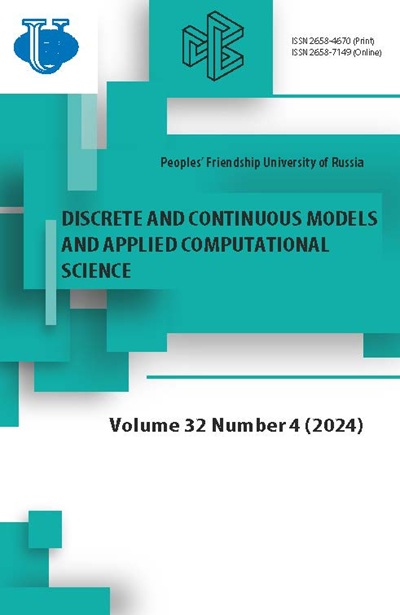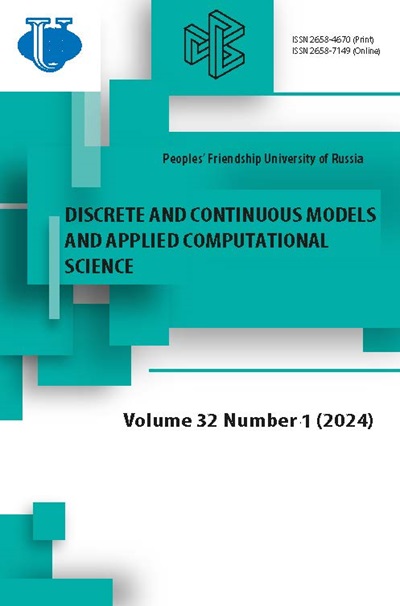Full Text
1. Introduction The question of how charged particles arrange themselves in a restricted planar geometry attracted continuous attention for many decades (for a review see Ref. [
1]). Modern technology allows us to study such phenomena on the same scale, from Bose condensates with some thousand atoms to quantum dots with a few electrons, providing rich information about specific features of correlation effects in mesoscopic systems (see, for example, Refs. [
2,
3]). However, finding the exact analytical equilibrium charge distribution (the one that makes the body an equipotential) is not a simple problem. The existence of the symmetry for considered system may simplify the task. Thomson was the first to suggest an instructive solution for interacting electrons, reducing the 3D harmonic oscillator confinement to a circular (2D) harmonic oscillator [
4]. He developed an analytical approach, which enables us to trace a self-organization for a small number of electrons (
About the authors
Joint Institute for Nuclear Research; Dubna State University; HSE University
Email: e.nikonov@jinr.ru
ORCID iD: 0000-0001-7162-0344
Scopus Author ID: 6603099928
ResearcherId: C-4841-2016
Doctor of Physical and Mathematical Sciences, Head of Sector MLIT JINR
6 Joliot-Curie St, 141980, Dubna, Russian Federation; 19 Universitetskaya St, Dubna, 141980, Russian Federation; 34 Tallinskaya St, Moscow, 123458, Russian Federation
Joint Institute for Nuclear Research; Dubna State University
Email: rashid@theor.jinr.ru
Doctor of Physical and Mathematical Sciences, Leading Researcher BLTP JINR 6 Joliot-Curie St, 141980, Dubna, Russian Federation; 19 Universitetskaya St, Dubna, 141980, Russian Federation
Dubna State University
Author for correspondence.
Email: pavelgl2018@gmail.com
ORCID iD: 0009-0005-6424-4455
Master’s degree student of Department of distributed information computing systems of Dubna State University
19 Universitetskaya St, Dubna, 141980, Russian Federation

















